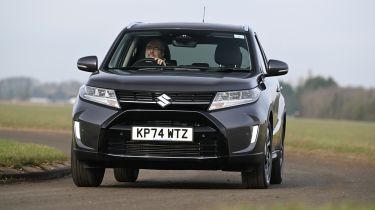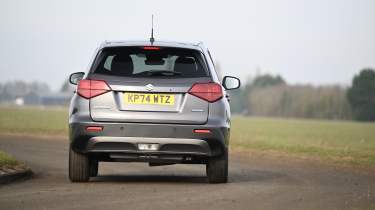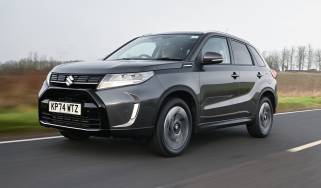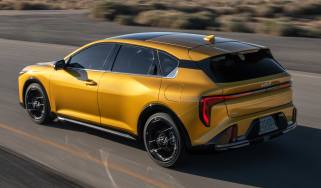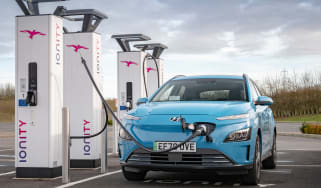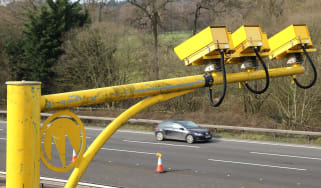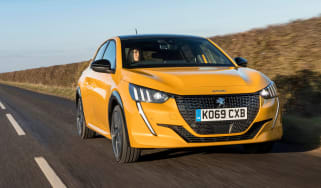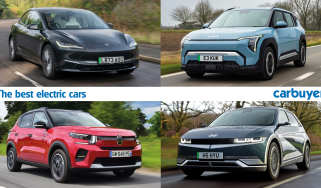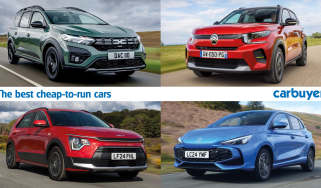Suzuki Vitara review – Engines, drive & performance
“The Suzuki Vitara range is limited to just two engines, but it does feel quite good to drive”
Although the Suzuki Vitara’s predecessors were less road-friendly given they sat on more traditional SUV underpinnings, the latest model was based on a more car-like platform when it launched in 2015. Entry-level models are also front-wheel drive like most hatchbacks, though higher-spec models can be had with all-wheel drive for extra grip that might appeal to you if you live off the beaten track in the countryside.
The Suzuki Vitara feels surprisingly nimble to drive and it’s easy to place with light steering, making around-town driving feel easy. The turning circle is tight, too, so manoeuvring around narrow streets feels like a doddle.
There’s a good level of feedback through the steering on B-roads and the Vitara feels composed as you wind through corners with very little body roll. As a result, the ride is slightly firmer than that of rivals, but it’s not unduly so – only more major potholes upset the ride.
Our mild-hybrid manual test car was an Ultra model fitted with the autonomous adaptive cruise control tech, which made motorway driving a breeze. The system steers the car to stay in its lane and keeps at the desired speed and at a suitable distance from the car in front of you, which is technology that just a decade ago would have been the preserve of much more upmarket cars.
More reviews
In-depth reviews
The four-wheel-drive Vitara offers various transmission settings so you can tweak the car to suit your driving style and the type of road – Auto, Sport, Snow and Lock. Choosing Auto when you're cruising on the motorway puts the car into a fuel-saving permanent two-wheel-drive mode. Other modes help you to get the most out of the four-wheel-drive system.
Suzuki Vitara petrol engines
The Vitara Full Hybrid’s 1.5-litre petrol engine and electric motor combine to produce 101bhp, which doesn’t sound like a great deal. Luckily the Vitara is fairly light for an SUV, but 0-62mph still takes a leisurely 12.7 seconds. Go for the four-wheel drive version and it’s even slower, taking 13.7 seconds to do the sprint. The automatic transmission’s changes are a bit sluggish, too, although the torque from the electric motor is said to help smooth the gaps between gears.
Drive quickly and the petrol engine sounds a bit coarse, but take a more relaxed approach and below 50mph the petrol engine is impressively keen to cut out and let the electric motor do some work.
The 1.4-litre BoosterJet mild-hybrid engine is actually the more powerful model, producing 127bhp. The 0-62mph is a brisker 9.5 seconds, which is pretty competitive against rivals. Go for the ALLGRIP model and that time isn’t quite as quick at 10.2 seconds.
Suzuki’s mild-hybrid technology consists of a 48-volt battery that’s mounted under the front seat and a belt-driven integrated starter generator, which combine to reduce strain on the engine under acceleration as well as providing extra pulling power when needed. According to Suzuki, the mild-hybrid system adds around 15kg of extra weight to the Vitara, with no impact on performance.
Its flexible nature means you're not forever having to change gear, which is good news because the Vitara doesn't have the slickest manual gearbox you can buy.
